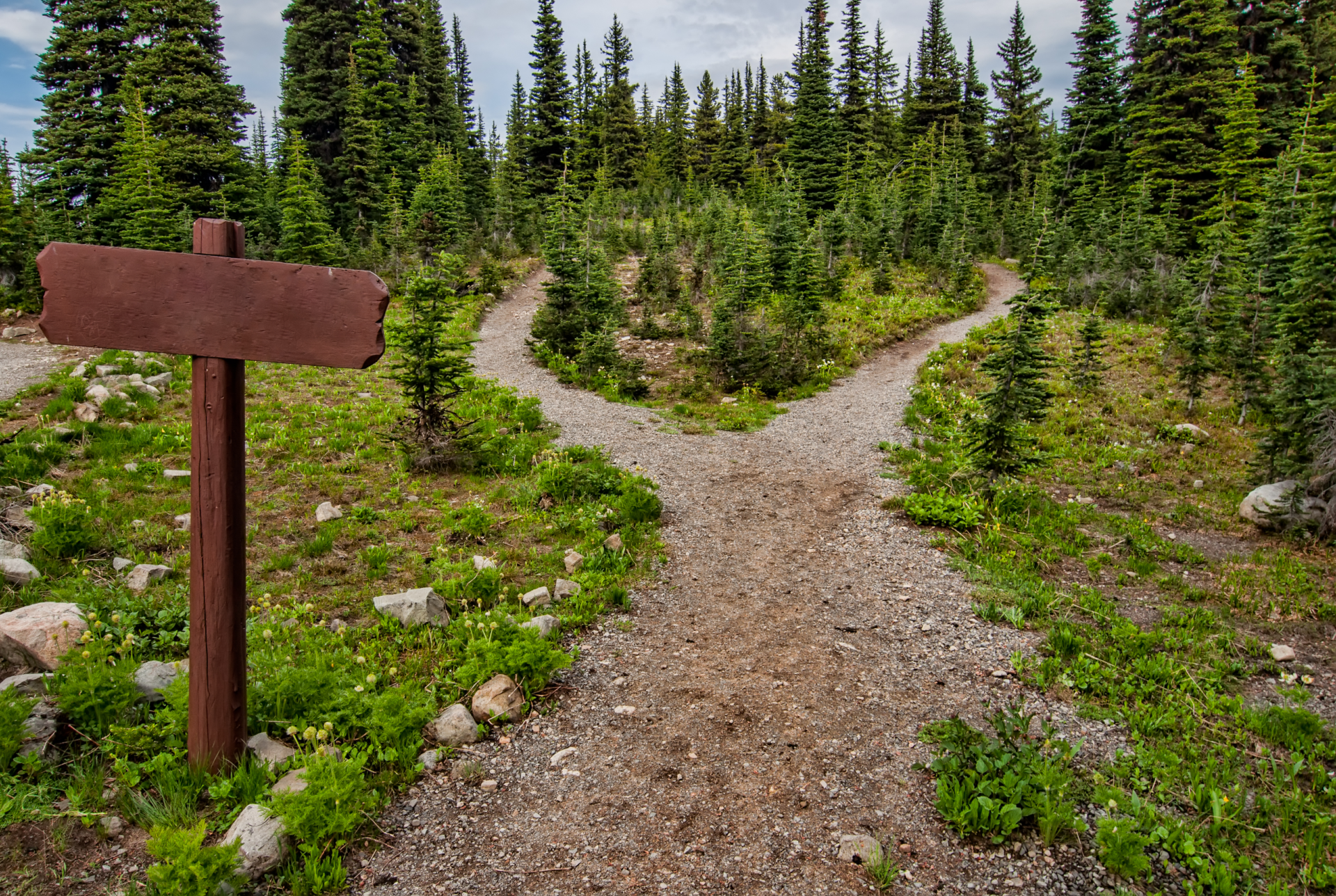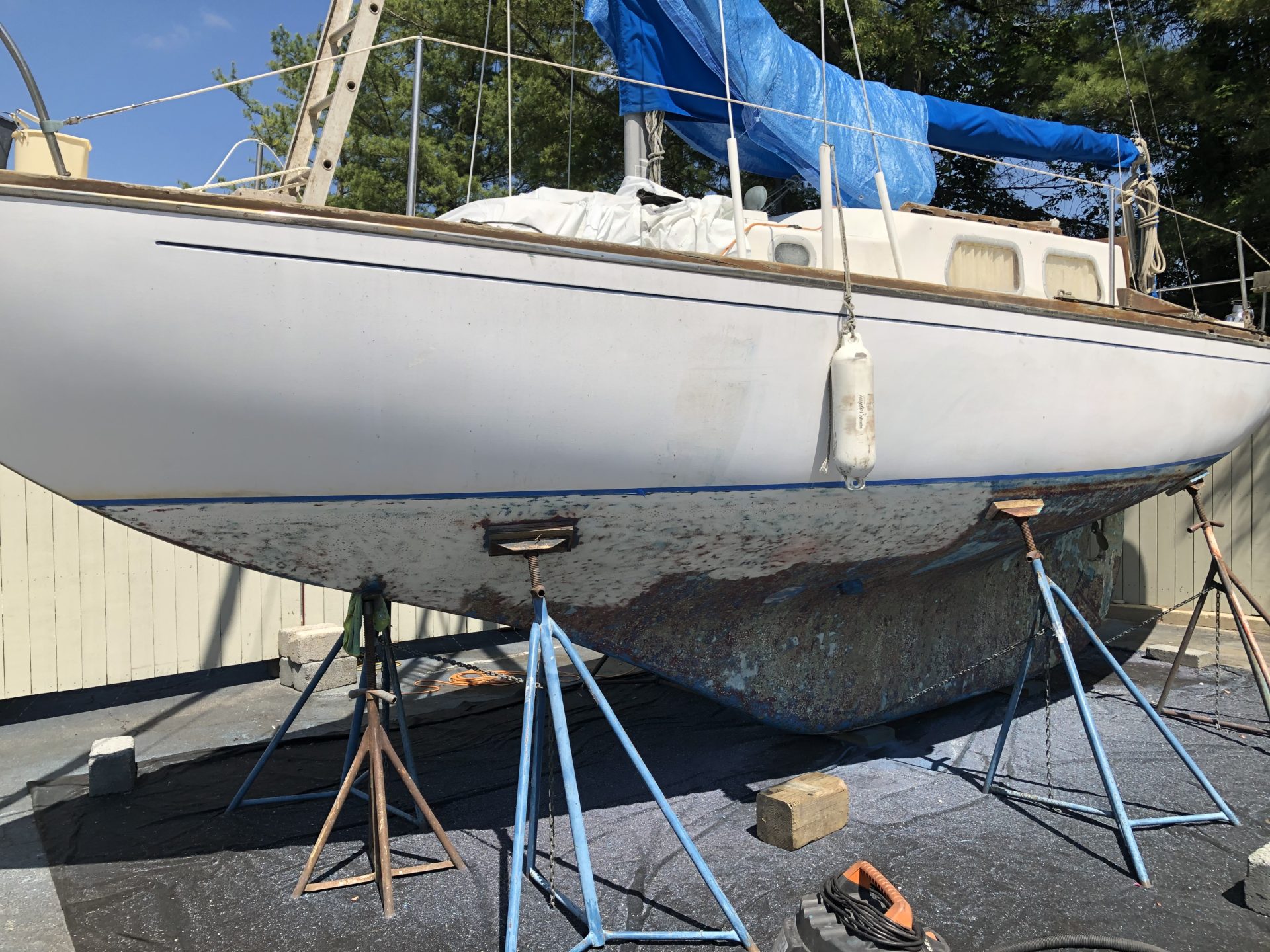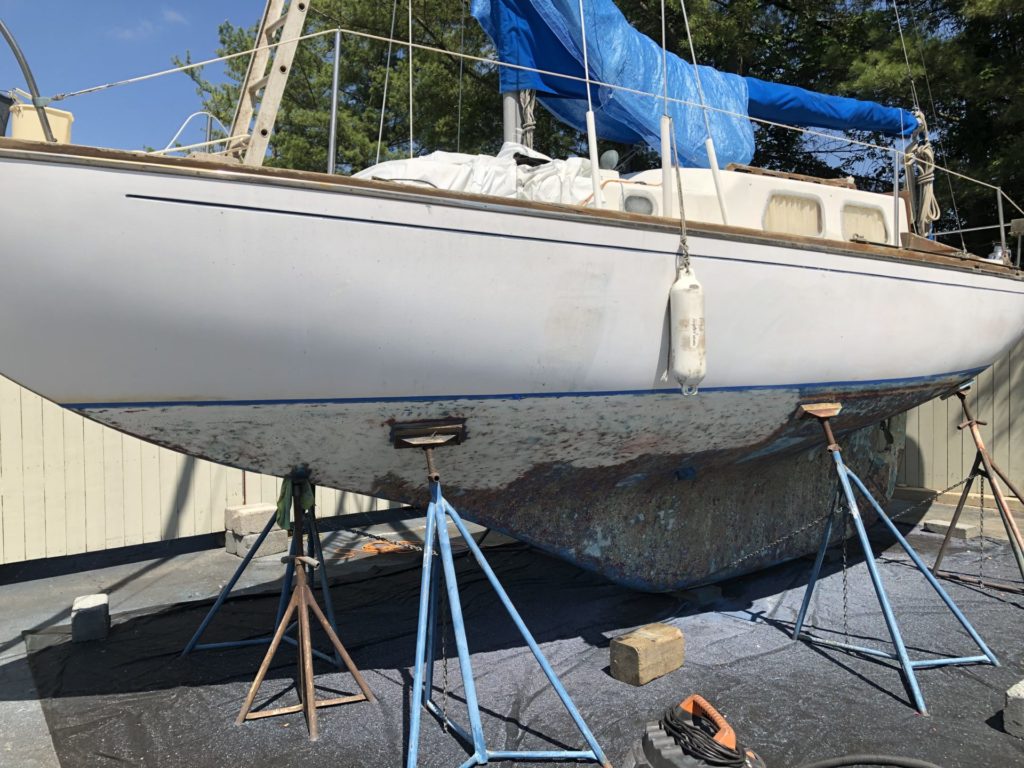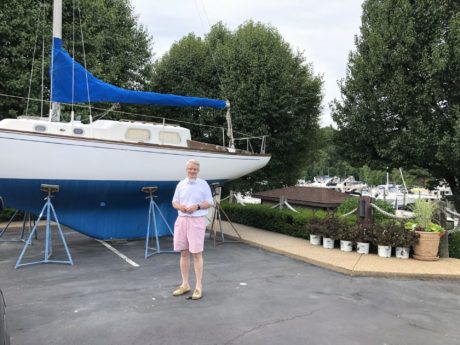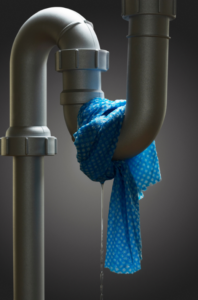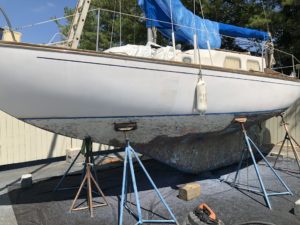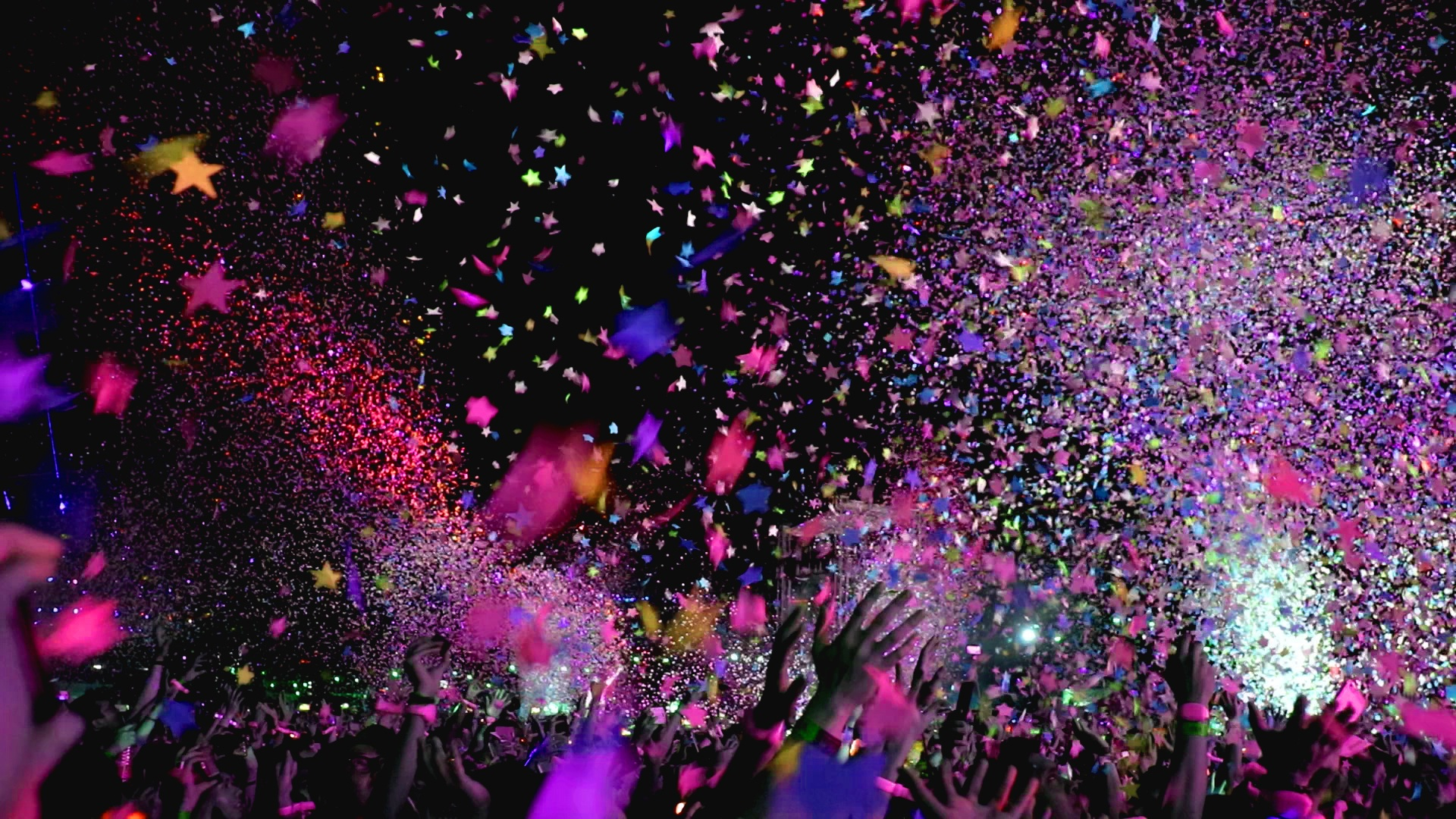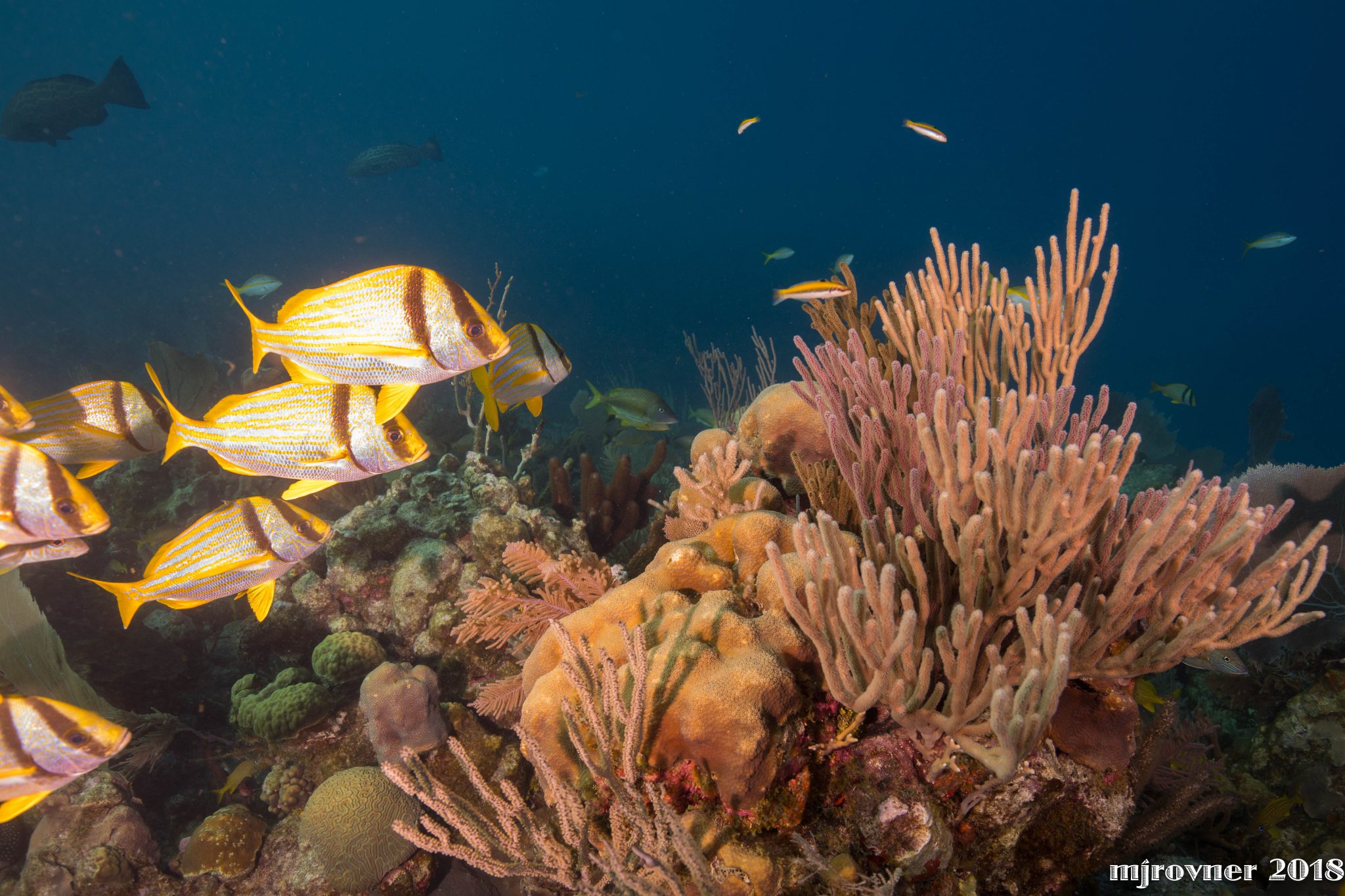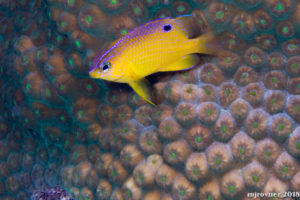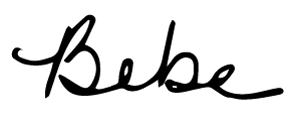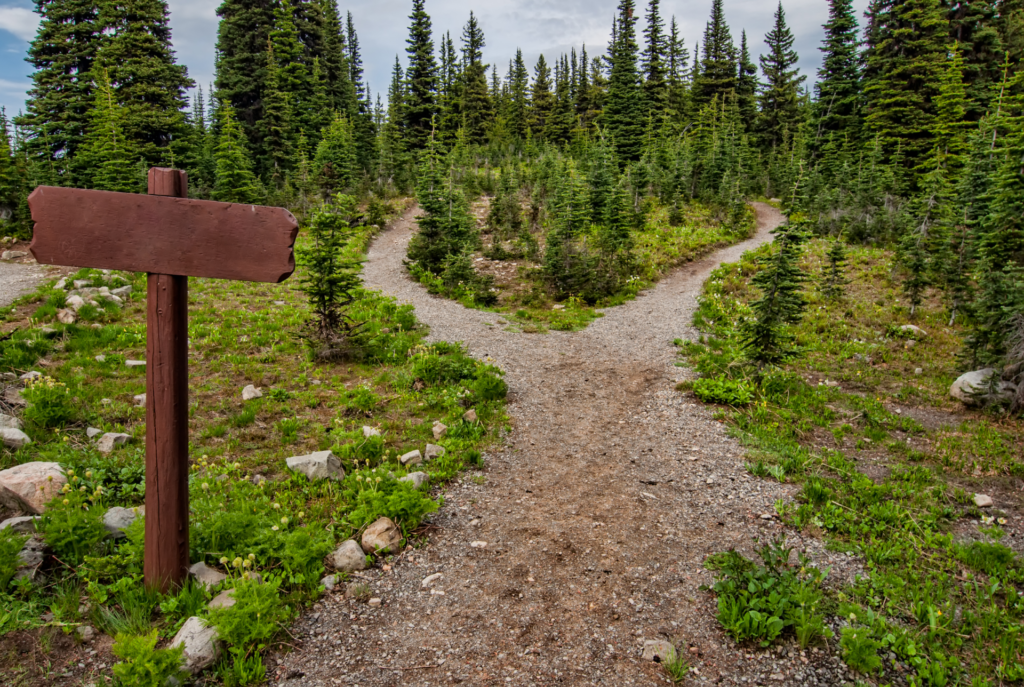
We have long talked about the different tracks that make up our Presence-Based Coaching and Leadership training. I’m speaking here of two concurrent paths of development that take place in parallel. One journey is about the “Doing” as a coach or leader. This refers to the process of learning the specific skills, mindsets, and competencies in order to deliver a coaching or leadership conversation to a client or team that is competent and effective. The second journey is about the “Being” of a coach or leader. This involves practicing the cultivation of your own presence as a practitioner, as well as supporting your clients or team to become more present as well.
We are fond of saying what matters is not only what you do, but who you are. We understand that the who you are actually impacts what you are able to do. In the Presence-Based work, we build both proficiency in skills and in capacity for how we are able to show up.
Walking Each Path

We have discovered over the years that both of these journeys of Doing and Being are inextricably linked and mutually reinforcing. They occur simultaneously, even though one aspect might be focused on at any one time. Picture the double-helix strand of DNA[1], which is the genetic building block of our human organism. These two threads illustrate the distinct yet intertwined nature of Being and Doing. Both strands are needed, and each requires the growth of different aspects of ourselves as coaches and leaders.
Making explicit these two journeys are what make the Presence-Based work unique. In our Coaching, Leadership and Resilience programs, we include both threads. Through our methodology, we teach acquiring, practicing and proficiency of skills, as well as the internal growth and development of the coaching or leadership practitioner through presence. We don’t see that there is any kind of conflict here. Paying attention to both strands of development is actually an accelerant to growth, whether you are a coach or leader (or client). We find that Doing actually rests upon Being, and putting our attention on our Being will usually impact our Doing (and our results).
More about Doing and Being

For example, in the journey of Doing, we (and our clients and teams) may begin to realize that we have some default strategies, patterns and behaviors in life, and in work. These are what we call habits, and they have served us well so far…until they don’t! These automatic ways of interpreting our world are often what is driving our coaching or leadership moves underneath the water line. We may notice that these habits are not always the most effective response to the situation at hand. We may sometimes find ourselves in reaction, feeling triggered by something that’s occurring outside of us. These reactions can push us to take less than skillful actions, that we may even regret later. Think sending that email in anger to a colleague without cooling off a bit first.
We enter the journey of Being. We learn to increase our ability to witness and then shift our reactive behaviors, which is the result of accessing presence (our Being). Learning to be more present in any situation can offer us the awareness to make a different choice. Coming from an internal state of presence, we can shift to a more skillful or resilient behavior, even in the heat of a conflicted or psychologically threatening moment. Presence–>Awareness–>Choice.
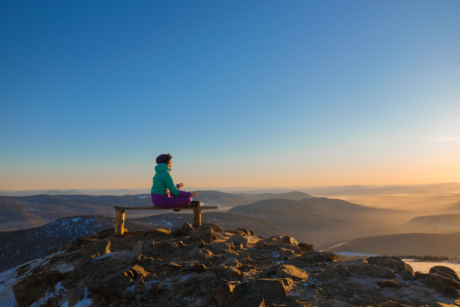
Over time, there are many milestones and certifications along the way that indicate a certain level of mastery has been achieved in both journeys. These milestones are often awarded to us as coaches, based on a demonstration of our abilities that meet the client’s needs around their stated coaching outcomes. And as leaders, we are rewarded for leading functional teams that produce important organizational results.
Moving Into the Merging Lane
Which journey are you on? Perhaps you are mostly focused on skill-building, enrolling in the latest course, listening to a trending podcast, practicing and honing your craft every day. Wonderful! Or perhaps you regularly take time to reflect on what’s most important to you these days, to re-prioritize how you manage your time, find space to be really present with your loved ones, to meditate or relax in nature. Also, wonderful! I suggest that in order to grow further into your wholeness, consider paying attention to both journeys – the Doing and the Being part of your development. Doing so will amplify your learning journey in unexpected and useful ways and move you toward more efficacy and even a sense of fulfillment.
“Life Is a Journey, Not a Destination”
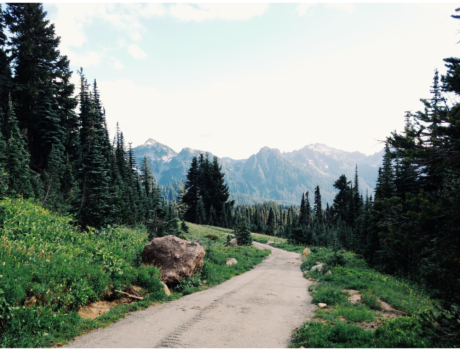
I consider both journeys to be lifelong. There is really not a final destination to developing your skills and your presence. I’m using the “and” here intentionally. Both tracks are significant, and often most powerful when coupled together. Especially in these times, let’s continue to grow both our Doing and our Being. We can offer our presence and share the gifts that we’ve been given. And from that place, as Doug used to say, we can “do the work that’s ours to do.”
In contemplation of these two journeys, here are some questions to spark your thinking:
- Do you have a preference (and tend to focus) on Doing or Being?
- What do you know so far about each of these journeys?
- What might unfold if you offered time and attention to the other journey (that is not your preference)?
- How do you experience both journeys together?
- How does your Being influence the work that is yours to Do?
[1] “Deoxyribonucleic acid is a molecule composed of two polynucleotide chains that coil around each other to form a double helix carrying genetic instructions for the development, functioning, growth and reproduction of all known organisms…“ https://en.wikipedia.org/wiki/DNA

